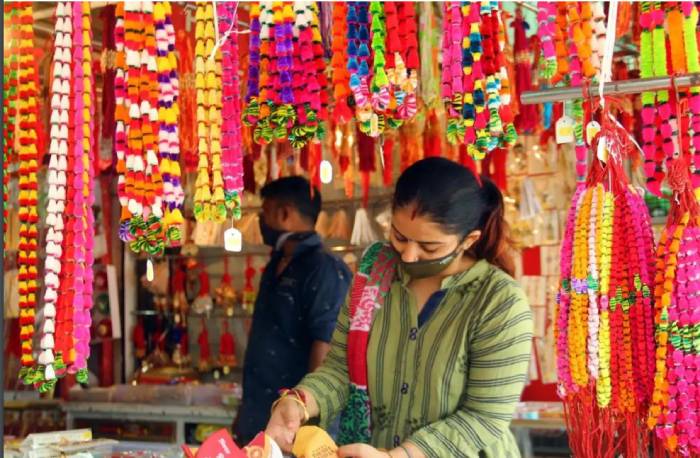
October 11 2022: A report by strategy consultants Redseer on this year’s festive sales in India has turned controversial.
The report Redseer’s Ecommerce Festive Season ‘22 report stated that Flipkart group remaied the e-commerce festival sales leader in India with 62% market share in gross merchandise value (GMV), based on data from the first week of sales. Amazon was placed second with a 26% market share in terms of GMV which refers to the total value of items sold.
Flipkart was also rated leader in terms of order volumes, Meesho emerged the second largest, capturing 21% of the market.
Amazon India responded by calling the Redseer report "speculative which lacks transparency". The consulting firm defended it as an independent research.
According to Business Insider, the e-commerce industry in India achieved $5.7 billion of online retail sales this year during the first week of festive sales, i.e 22 -30 September – which is a 27% year-on-year growth (for the first week of sales). E-commerce platforms in India usually hold three grand sales ahead of Diwali in India.The Festive Sale week 1 included sale events conducted by all online retail platforms between September 22-30. And for platforms that did not run a sale during any of these dates, the report had considered BAU (business as usual) order volumes. A total of 75-80 million shoppers placed orders across e-commerce platforms during the first week of the festive season, said the Redseer report.
Shriram Subramanian, Founder and MD, InGovern Research Services,commented on the Redseer report:
While the Redseer report tries to provide insights into the online spend by customers and performance of various Ecommerce players, there seem to be many shortcomings in the research:
Adds Subramanian:"It is easy to fathom that majority of Indian ecommerce shopping spend would have been on high trust platforms like Flipkart and Amazon. Also, a bulk of traditional shopping happens during the Diwali sale period. With many of these platforms having extended sale periods and customers’ increasingly spending online and exploring new product categories, the future of Indian ecommerce is bright."
Related report on India SME Forum study: Majority of sellers choose e-commerce to increase sales during festive season (indiatechonline.com)